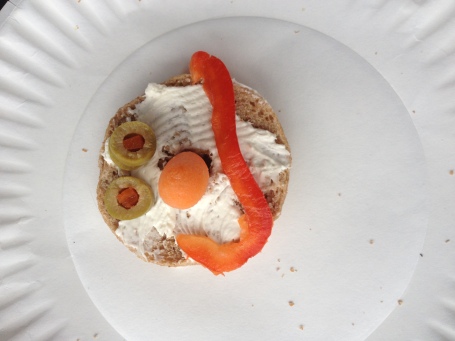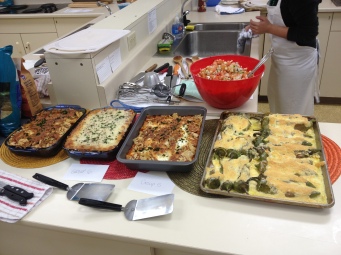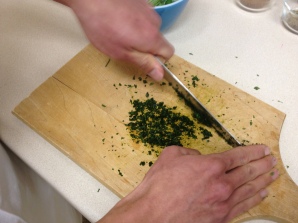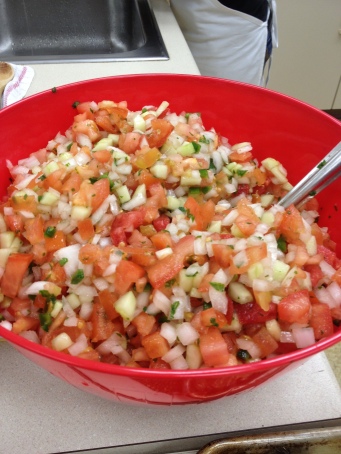Last week’s lesson brought an end to this summer’s Carrot Sticks program and my Child/Adolescent rotation. Since early June, we (another intern and I) have had Carrot Sticks every week (for a total of 10 weeks) on Tuesday mornings/afternoons at the Shack Neighborhood House. The program consisted of three 45 minute classes for children k-2; it was designed to educate children about proper nutrition and the importance of a healthy diet. Each class included a lesson, activity, and snack. We wanted to create educational content that was interesting to children and decided on a program “theme”, focusing each lesson around different food cultures. We decided to use European countries, with each lesson highlighting a different country for a total of 10 different countries including:
- Lesson 1: Italy
- Lesson 2: France
- Lesson 3: Ireland
- Lesson 4: Spain
- Lesson 5: Germany
- Lesson 6: Portugal
- Lesson 7: Hungary
- Lesson 8: United Kingdom
- Lesson 9: Czech Republic
- Lesson 10: Austria
The lesson for each class focused around each country’s food guide pyramid and our MyPlate. Each week, the children deciphered the differences and similarities between the two. Each lesson introduced the children to 5 different food staples from the country and each of the 5 foods was from 5 separate food groups. I wanted the lessons to be as interactive as possible to help the children learn as best (and to have as much fun) as they could. Therefore, each lesson was similar to the game of pin the tail on the donkey; children got to come up and pin pictures of the country’s 5 food staples to where they belonged on both our MyPlate and the country’s food guide pyramid. I believe this ended up being a very successful way to introduce children to new foods, by showing them pictures of what the food looks like and what food group it belongs in. The children enjoyed being an active part of the lesson, which kept their most of their focus throughout the entire lesson. In addition, our lessons also included educating the children on specific nutrients. Because of the age range of the population, we focused on different nutrients every 2 weeks. We believed that introducing a nutrient in one lesson and then reiterating it in the next lesson would help the children retain valuable information. The featured nutrients were as follows:
- Lesson 1 and 2: Calcium
- Lesson 3 and 4: Fiber
- Lesson 5 and 6: Iron
- Lesson 7 and 8: Vitamin E
- Lesson 9 and 10: Potassium
Each week also featured snack time, which was often the children’s favorite part of the class. Some of the snacks included fruit and yogurt parfaits, veggie pizzas, smoothies, and even guacamole! We made sure that each snack was made with healthful ingredients and incorporated creative ways to introduce the children to new foods. For example: one lesson included veggie pizzas that were made into faces. We learned that making food fun for children is an effective way of getting them to try new things. Also, as we spent more time with the children and they began to like us more; therefore, they were more willing to try our snacks, even if they thought they looked “gross.” My favorite snack out of the entire summer was when I brought homemade guacamole on celery sticks. Almost every kid said that the snack looked nasty and that they knew they didn’t like it….but they were willing to try it. Once they tried it, almost EVERY one of them liked it and was asking for seconds!
Overall, I am sad that this summer’s Carrot Sticks has come to an end. After 10 weeks, it was easy to grow attached to the little ones, running around pretending to be nutrition ninjas. I love working with kids, as they can teach you as much about life as you can teach them. I believe they learned valuable nutrition information from our program this summer, like how to shop smart, cook healthy, and eat right (our nutrition ninja chant)! I am glad they received this type of education at this age because I believe that teaching nutrition to children early and often is the key to developing healthy eating habits for life.












